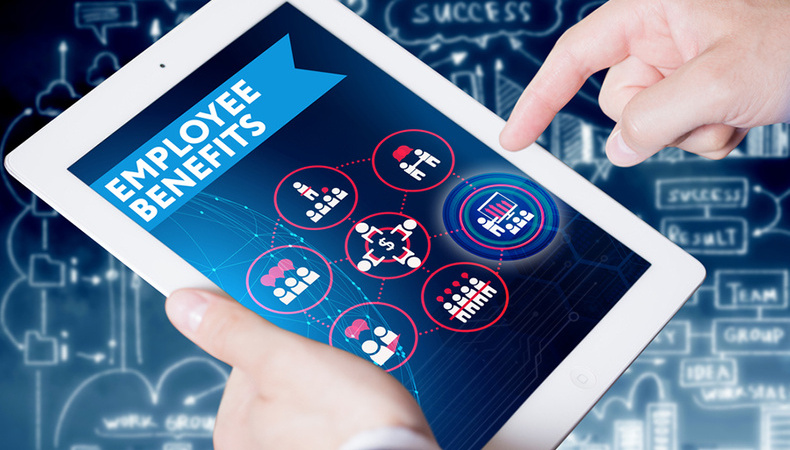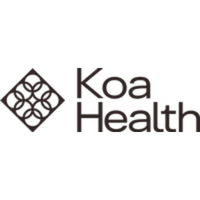Five ways you can use technology to improve the employee experience

Given the role technology plays in people’s lives today — 71% of us never turn off our phones— it’s not surprising that everyday technology can make or break the employee experience. Mobile and online tools have become as important as the physical aspects of the workplace – if not more so – to many workers. This is, of course, especially true for hybrid and remote working employees.
As organisations large and small struggle to attract and retain talent in a labour market with record levels of vacancies, improving the employee experience with new tools has become more appealing than ever before. Even so, people crave the human touch and excess and cumbersome technology can overwhelm. Curating solutions that truly enable and support your entire workforce presents a serious challenge, complicated by varying responsibilities, abilities and personal preferences across teams.
So how can companies use mobile and online tools to nurture and support a positive employee experience, taking into account employee wellbeing, engagement and productivity?
How technology can improve the employee experience
While technology can be used in myriad ways to streamline processes and support employees in the workplace, it’s been particularly useful in some areas.
1. Onboarding and employee development
Onboarding, employee development and education can all benefit from incorporating tools and platforms that allow employees to work their way through training and courses at their own pace at a time that suits them.
2. Data collection, analysis and risk management
Connected tools can make it easy for companies to ethically capture, compile and analyse data about their employees and what they need to succeed. Carefully constructed data management enables enterprises to anonymise sensitive information without losing valuable insights. These data-derived insights can help organisations identify risk factors in their workforce, in some cases avoiding potential issues before they happen. It can also help organisations personalise technical solutions to the unique problem their workforce faces.
3. Communication, collaboration and knowledge sharing
The easier companies make it for employees to work together, the more productive they can be. Communication platforms like company chat tools, online project management and platforms keep employees engaged with their teams while facilitating project and knowledge sharing. They also make real-time and asynchronous communication possible across teams and locations. Relatively simple tools like screen-recording can make it easier for experts to record an explanation once and share it as many times as necessary – no elegantly produced e-courses required.
4. Accessibility and accommodation
Working fully digitally can provide tools for accommodating individual employees’ needs, especially when considering disability. Screen-readers, easy navigation tools and other assistive technology can minimise barriers and promote inclusion. Although working remotely can add barriers to human-to-human collaboration, it can lower barriers too, especially for people with physical or mental disabilities. As collaborations become asynchronous, each team member can take the time they need.
Digital-first solutions for mental health and wellbeing, as well as physical health, can also make personalised support more accessible to a wider range of your workforce, helping to eliminate some of the friction (and stigma) in seeking care for busy workers.
5. Relationships and community
It may sound counterintuitive, but technology can be used to strengthen relationships both in and across teams. While ‘Zoom fatigue’ is certainly no joke, a quick video call or messenger conversation can be a human touchpoint in the midst of a lonely storm for remote and hybrid workers who are feeling disconnected.
Virtual messaging channels on a shared topic of interest or hobby can also be a source of connection, engagement and community for teams who rarely (or may never) meet in person.
Whatever technology or tools your organisation is considering adding to its offering, the primary focus must be on how it will positively impact your workforce. To ensure that you’re enabling and supporting — not just adding to overwhelming technology – be sure that the people who will be using them have the opportunity to weigh in or try out the tools and platforms before a final decision is made. Decision-makers must clearly understand existing ways of working, how tools are being used and where technology can support and assist employees.
Transformational and sustainable change is closer than ever with the help of new tools and platforms. But one thing organisations must keep front of mind is that there are no keys to success, only tools and the talented teams who wield them.
Could mental health be impacting engagement and causing turnover among your workforce? Find out more in our report, Mental health and the employee experience.
The author is Remko Vermeulen, vice-president of product innovation, Koa Health
Article provided by Koa Health
Supplied by REBA Associate Member, Koa Health
At Koa Health, we believe digital mental health solutions are the answer to mental health issues.







